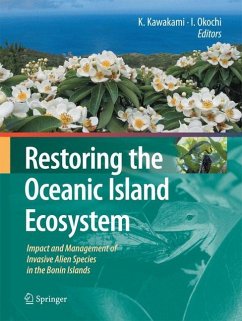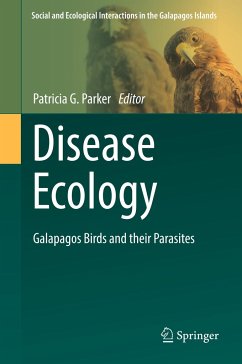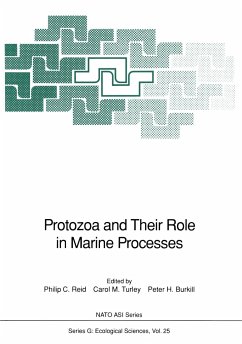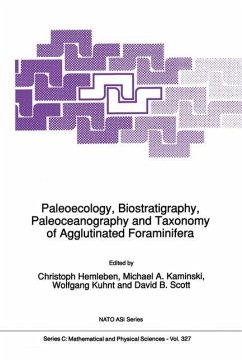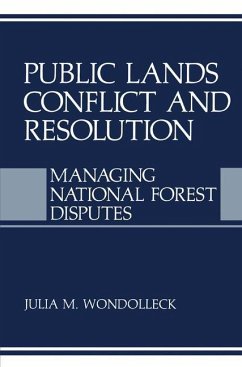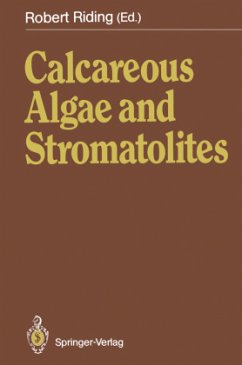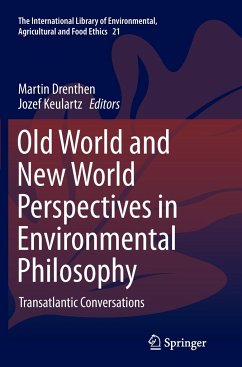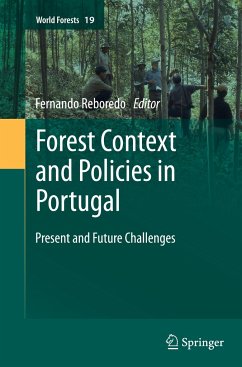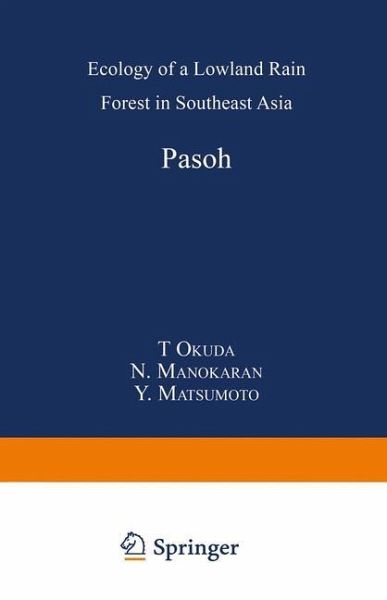
Pasoh
Ecology of a Lowland Rain Forest in Southeast Asia
Herausgegeben: Okuda, T.; Manokaran, N.; Matsumoto, Y.; Niiyama, K.; Thomas, S.C.; Ashton, P.S.

PAYBACK Punkte
39 °P sammeln!
The Pasoh Forest Reserve (pasoh FR) has been a leading center for international field research in the Asian tropical forest since the 1970s, when a joint research project was carried out by Japanese, British and Malaysian research teams with the cooperation of the University of Malaya (UM) and the Forest Research Institute (FRI, now the Forest Research Institute Malaysia, FRIM) under the International Biological Program (IBP). The main objective of the project was to provide basic information on the primary productivity ofthe tropical rain forest, which was thought to be the most productive of...
The Pasoh Forest Reserve (pasoh FR) has been a leading center for international field research in the Asian tropical forest since the 1970s, when a joint research project was carried out by Japanese, British and Malaysian research teams with the cooperation of the University of Malaya (UM) and the Forest Research Institute (FRI, now the Forest Research Institute Malaysia, FRIM) under the International Biological Program (IBP). The main objective of the project was to provide basic information on the primary productivity ofthe tropical rain forest, which was thought to be the most productive of the world's ecosystems. After the IBP project, a collaborative program between the University of Malaya and the University of Aberdeen, Scotland, UK, for post-graduate training was carried out at Pasoh. Reproductive biology of so me dipterocarp trees featured in many of the findings arrived at through the program, contributing greatly to progress in the population genetics of rain forest trees. Since those research pro grams, apart of the Pasoh forest and its field research station have been managed by FRIM. In 1984, FRIM started a long-term ecological research program in Pasoh FR with the Smithsonian Tropical Research Institute (STRI) and Harvard University, establishing a 50-ha plot and enumerating and mapping all trees 1 cm or more in diameter at breast height. A recensus has been conducted every 5 years.





